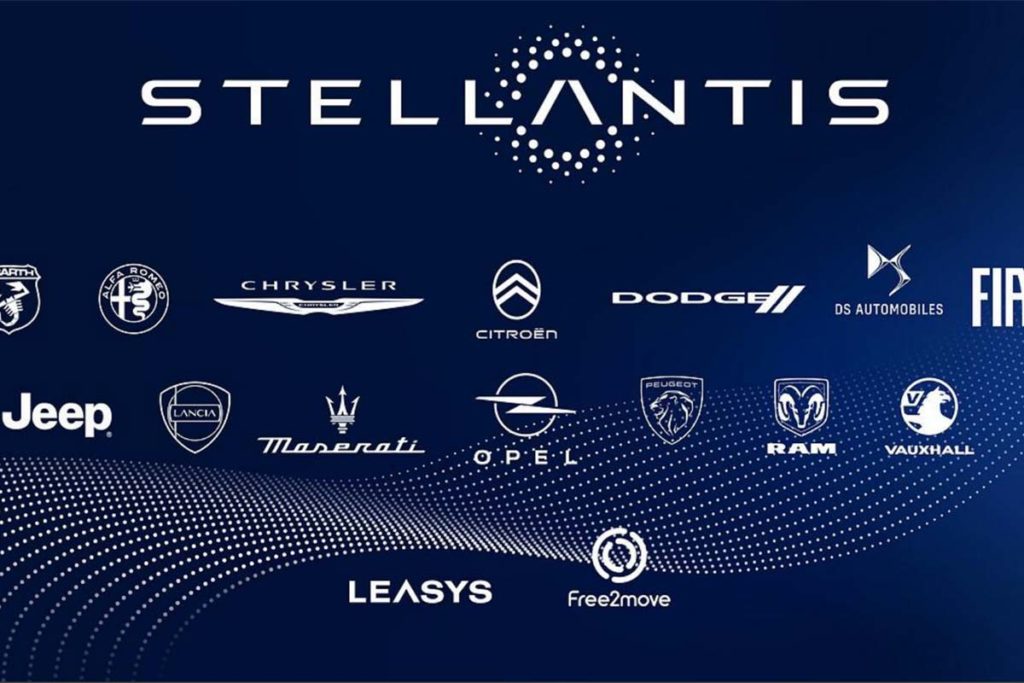
Is this the answer of Carlos Tavares who declared a few weeks ago that the group had been too arrogant and that the the transition to electric will take longer ? Stellantis also extends its range of hybrid powertrains, announcing 6 new models.
Like many carmakers, Stellantis tackles the slow adoption of electric motors by consumers. This reality is forcing the group to revise its initial plans, and to extend or even reinvest in combustion engines. Carlos Tavares, CEO of Stellantis, recently stated: "The tensions linked to the lack of affordability and practicality of electric vehicles have created unforeseen obstacles. What we're seeing now is that you need to extend the window of time over which this transition will take place."
This strategic reappraisal led Stellantis to adjust its investments, notably by putting on hold the construction of new gigafactories in Europe until sales of battery electric vehicles (BEVs) increase sufficiently. Tavares emphasized the wisdom of having decided, as early as 2021, to invest in multi-energy platforms and flexible manufacturing. These strategic choices now enable Stellantis to adapt more easily to a transition spread over time. "We will be able to manage this transition, mainly by taking advantage of multi-energy platforms," he said. This approach enables Stellantis to modulate its investments according to the evolution of electric vehicle sales, while maintaining prudent cash flow management.
Faced with these challenges, Stellantis announced in a recent press release that the company will offer 30 hybrid models in Europe this year, with six new launches planned between now and 2026. A 41 % increase in sales of hybrid models in EU30 has been recorded since the start of 2024 compared with the same period last year, and a rise in the customer adoption rate is expected thanks to new launches.
Unique multi-energy platforms and a flexible production strategy offer Stellantis customers the freedom to choose from a portfolio of 14 brands. "We have a particularly competitive hybrid solution that is now going from strength to strength thanks to the new eDCT technology that we are deploying on numerous models to make it accessible to a large number of customers," explained Tavares. The benchmark hybrid engine, the PureTech Hybrid 48V, is a 100 and 136 hp combustion engine, coupled to a 21 kW electric motor integrated into an eDCT gearbox. The latter is manufactured in Metz, France, and Turin, Italy.
In accordance with the Stellantis 2028 roadmapamong the six new hybrid models announced between now and 2026, we could see vehicles such as the Fiat 500 Ibrida and the Fiat Grande Panda. Speculation is rife as to the other four models, with potential names including the Lancia Gamma, Alfa Romeo Giulia and Stelvio, the new Jeep Compass, Jeep Commander, Jeep Grand Commander, Peugeot 5008, Opel Grandland, Opel Manta, DS9, and DS7.
Hybrid models are all very well, provided that the PureTech engine is not found in Italian cars.
Yet another Stellantis-style decision at lower cost: we're simply told that puretech will be deployed on more models and for longer.
Meanwhile, other manufacturers are developing brand-new hybrid engines, and not micro-hybrids...